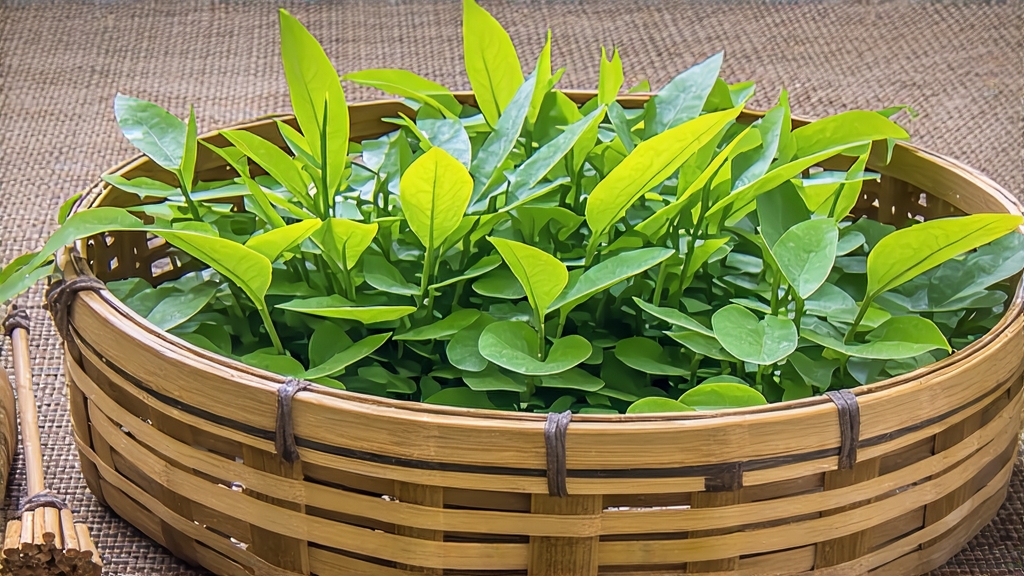
Longjing, literally “Dragon-Well,” is more than a green tea; it is a liquid manuscript of Chinese aesthetics, geography, and patience. First praised in Tang-dynasty travel diaries and later canonized by the Qianlong Emperor, who allegedly pocketed several bushes near Hangzhou’s Lion Peak as his personal tribute garden, Longjing has spent twelve centuries maturing from regional curiosity to national icon. Today it anchors the green-tea pantheon the way Burgundy anchors Pinot Noir: a single name that contains multitudes of slope, soil, and story.
Place is the first chapter. The legally protected core zone spreads across 168 square kilometers of Hangzhou’s western hills, but connoisseurs narrow their gaze to four micro-valleys—Shi Feng, Mei Jia Wu, Weng Jia Shan, and Hu Pao—each offering a different dialect of flavor. Shi Feng, a granite spine wrapped in morning mist, yields the rarest “lion” grade: tiny, jade-green spears that brew into a pale liquor tasting of toasted chestnut and sweet pea. A few kilometers south, the alluvial flats of Mei Jia Wu produce a broader, grassier leaf whose gentle price allows everyday citizens to drink like emperors. Elevation, fog, and the heat-retaining quartz sands of West Lake’s fractured bedrock conspire to slow the spring flush, concentrating amino acids that translate into umami silk.
History layers itself onto these hills like sediment. Song-dynasty monks at Yongfu Temple recorded “steaming green cakes” made from local tea; Ming literati abandoned compressed bricks for loose leaf, coining the term long jing after a rain-fed well near Lion Peak whose swirling currents resembled a crouching dragon. By 1762 the Qing court had institutionalized a tribute quota: forty kilograms annually, picked only on the first three sunny days after Qingming festival. Legend claims that Qianlong himself learned leaf-handling technique from village maidens, staining the imperial yellow sleeve with chlorophyll in the process—an image still embroidered onto tourist handkerchiefs.
Botanically, Longjing is almost always the Shi-feng clone of Camellia sinensis var. sinensis, a small-leaf China-type cultivar selected for its low bitterness and high theanine. In the 1970s agronomists released “Longjing #43,” a frost-resistant hybrid that flushes seven days earlier, allowing farmers to stretch the lucrative “before-Qingming” window. Purists debate whether the new cultivar sacrifices the subtle quartz-mineral note of its ancestor; blind tastings often fail to separate them once processing variables are fixed, suggesting that craft still trumps genetics.
Craft is where science bows to gesture. The defining step is pan-firing in a bare-metal wok heated to 80–100 °C, a technique codified during the late Ming. A master—always titled dà shīfu—uses only the radial side of the palm and the pads of ten fingers to press, tumble, and flick 250 grams of fresh leaf for fifteen uninterrupted minutes. The motion vocabulary has poetic names: “crouch and stretch,” “shake the dust,” “embrace the moon.” During the first two minutes the goal is “killing green,” deactivating oxidative enzymes with rapid heat; the remaining thirteen shape the leaf into the signature flat, smooth strip reminiscent of a willow leaf floating on West Lake. A single lapse—five seconds too long, ten degrees too hot—turns chestnut into burnt popcorn. When done correctly the moisture drops to roughly 30 %, and the leaf emits a scent that Chinese texts describe as “freshly baked mung-bean cake carried on a spring breeze.”
After firing the tea is “hui chao,” returned to a cooler wok at 60 °C for ten minutes to set the shape and aroma. Cooling racks, bamboo trays, and a final charcoal bake at 40 °C complete the choreography. From pluck to finished leaf the ratio is 4.5 : 1; six hours of human touch transform 1.2 kilos of dewy shoots into 250 grams of export-grade Longjing. Machines can mimic the geometry, but spectral analysis shows they retain 30 % less linalool and 20 % less geraniol, volatiles responsible for orchid top-notes.
To brew Longjing like a Hangzhou native you need three tools: a tall glass tumbler (250 ml), 85 °C water, and patience. Pre-warm the glass, then fill it one